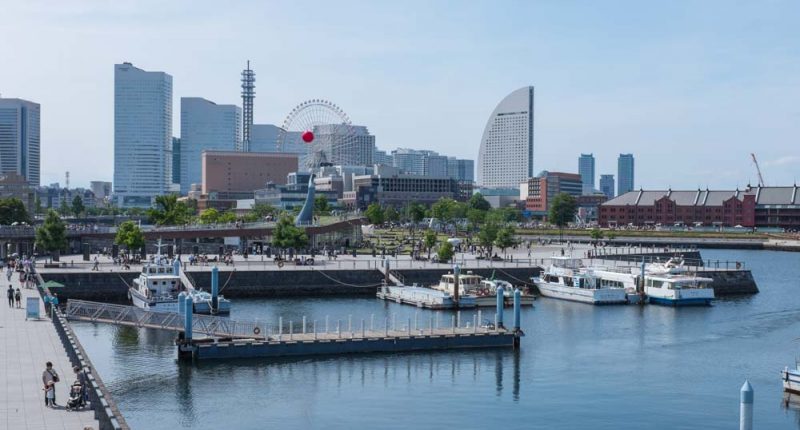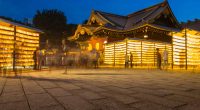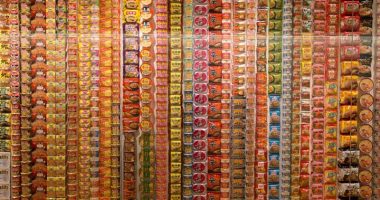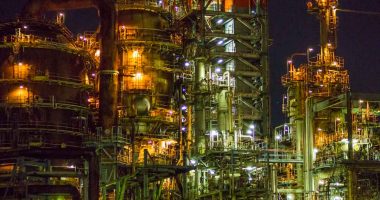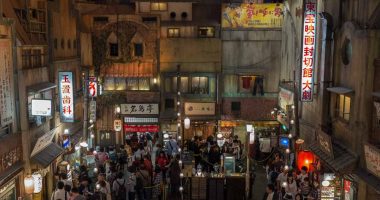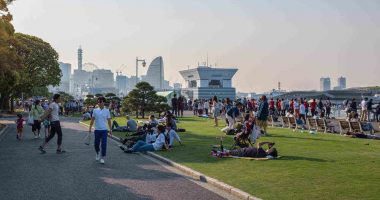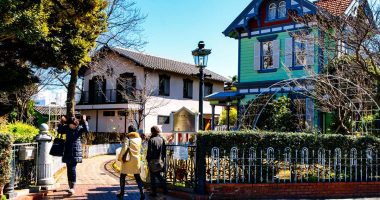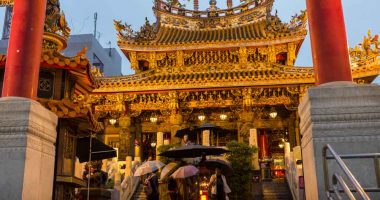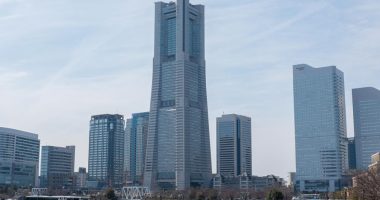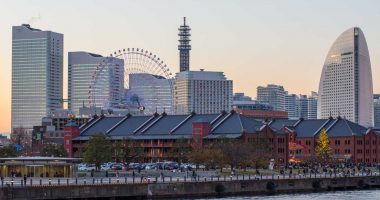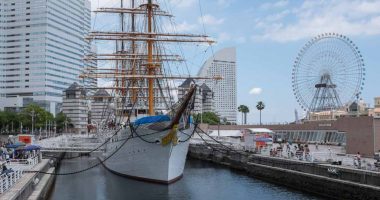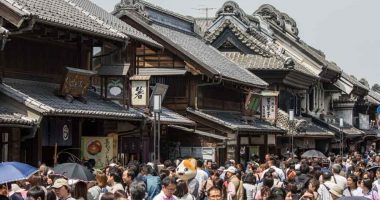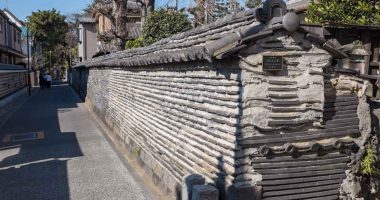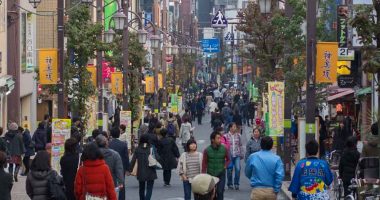Yokohama (横浜) is a vibrant city located 30 minutes south of Tokyo. Its rapid ascent over the past 150 years from a small fishing village to Japan’s second biggest city and key trading port has left Yokohama with a very cosmopolitan feel. It is also home to Japan’s biggest Chinatown, the second tallest tower in Japan (Yokohama Landmark Tower), and Sankeien Garden, an open-air museum exhibiting historic buildings from across the country.
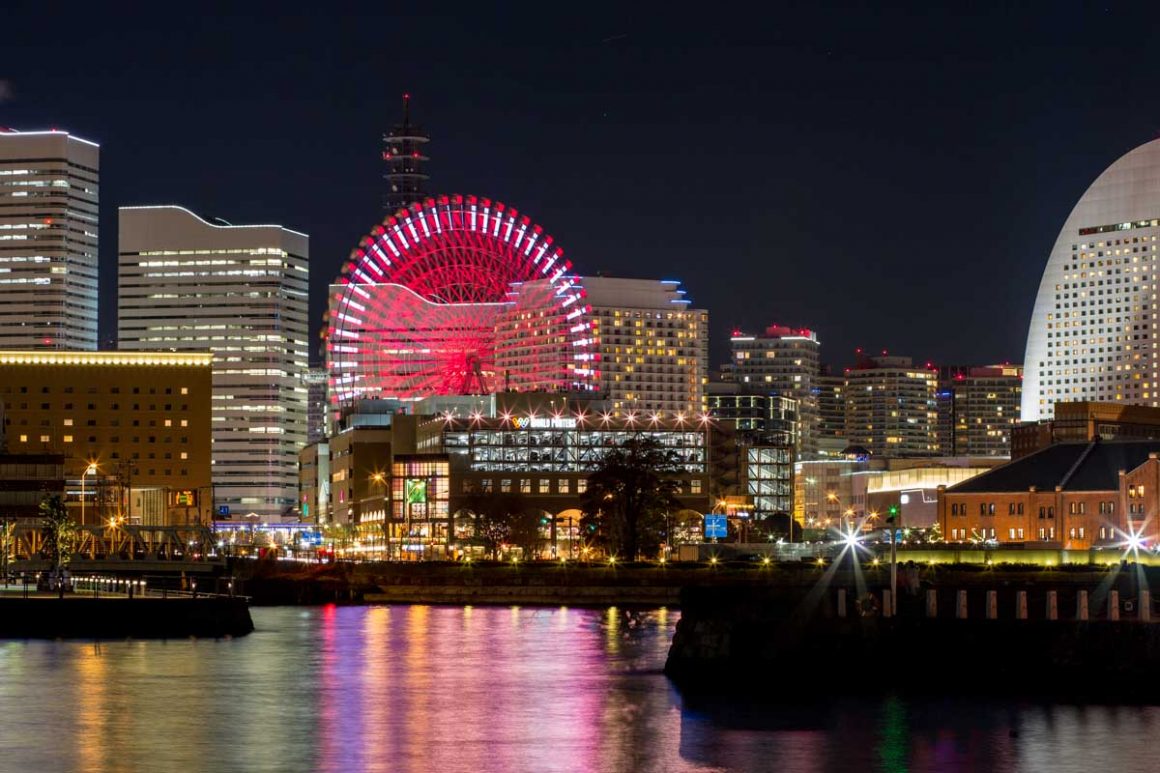
History
Yokohama owes much to Commodore Perry and his “black ships” that arrived in Tokyo Bay in 1853 and forced by the U.S. to open its ports to trade. The Harris Treaty of 1858 stipulated that five ports in Japan would be free trade zones for foreign merchants. Yokohama was not one of them—instead Kanagawa Port had been chosen. However, the Tokugawa shogunate deemed Kanagawa Port to be too close to the Tokaido (the key route that connected Tokyo and Kyoto) for comfort, the concern being that any trouble at the port could result in this supply route being blocked. The decision was therefore taken to build settlements for foreigners in neighbouring Yokohama instead, and Japan did so without informing U.S. officials. By the time these officials discovered the irregularity it was too late to turn back the clock—Yokohama had already started on its path to becoming a major trading post. The port opened in 1859 and in 1872 Japan’s first railway line was completed, connecting the city with Shimbashi in Tokyo, and cementing Yokohama’s future.
Yokohama suffered heavily in the Great Kanto Earthquake of 1923 and then again in the air raids of World War II, where it was a primary target for the allied forces. Construction began on the Minato Mirai 21 commercial district in 1983 and today it shapes much of Yokohama’s waterfront, offering, among other things, shopping centers, hotels, museums, and an amusement park.
